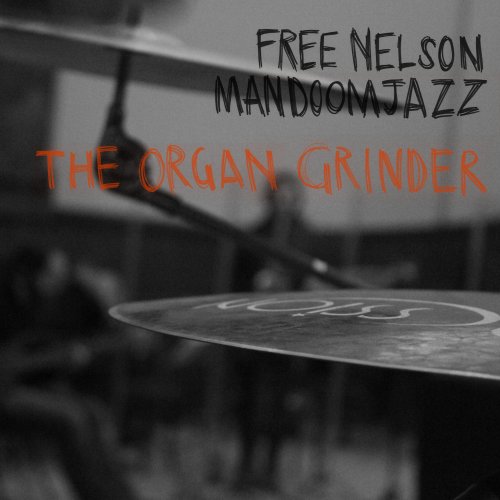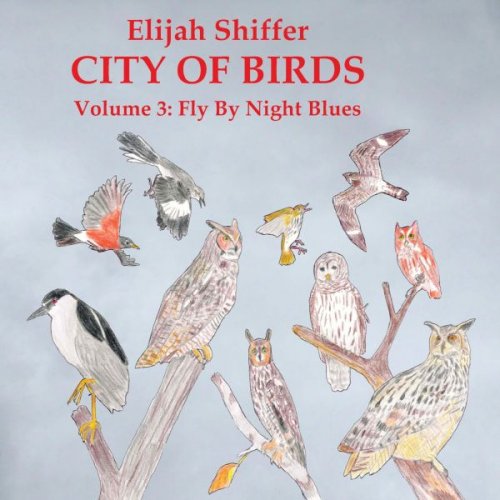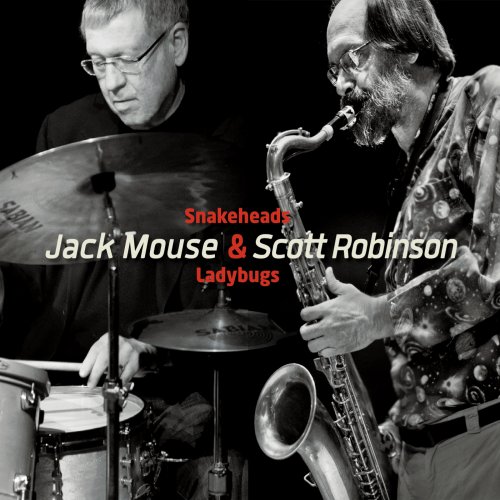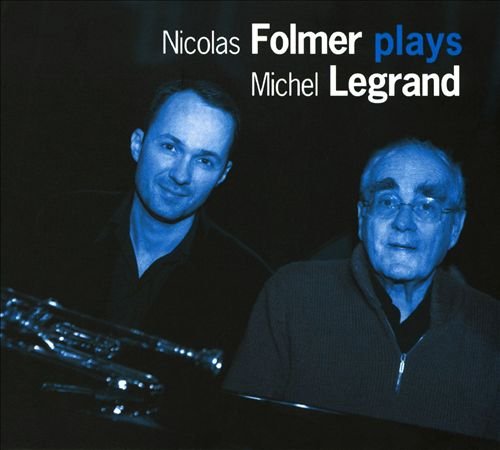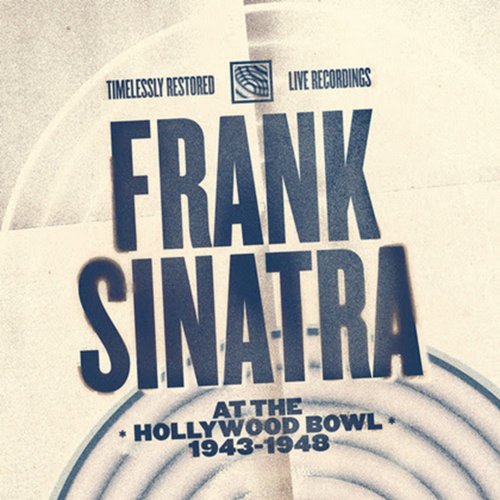Bläsersolisten der KlangVerwaltung - W.A. Mozart: Gran Partita - C-Moll Serenade (2012) [Hi-Res]
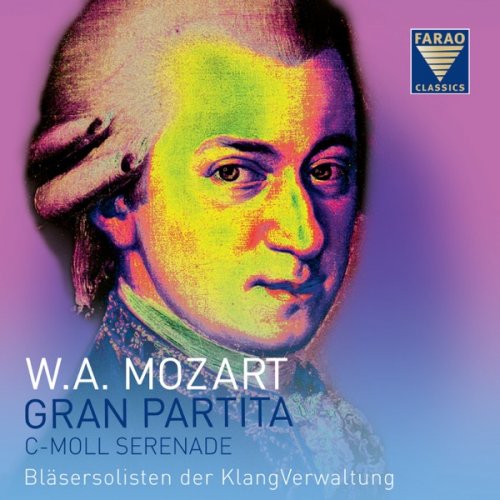
Artist: Bläsersolisten der KlangVerwaltung
Title: W.A. Mozart: Gran Partita - C-Moll Serenade
Year Of Release: 2012
Label: Farao Classics
Genre: Classical
Quality: flac lossless / flac 24bits - 96.0kHz +booklet
Total Time: 01:08:34
Total Size: 300 mb / 1.1 gb
WebSite: Album Preview
TracklistTitle: W.A. Mozart: Gran Partita - C-Moll Serenade
Year Of Release: 2012
Label: Farao Classics
Genre: Classical
Quality: flac lossless / flac 24bits - 96.0kHz +booklet
Total Time: 01:08:34
Total Size: 300 mb / 1.1 gb
WebSite: Album Preview
---------
01. Serenade Nr. 10 in B-Dur, KV 361 (1781) Gran Partita ? Largo - Molto allegro
02. Serenade Nr. 10 in B-Dur, KV 361 (1781) Gran Partita ? Menuetto - Trio I - Trio II
03. Serenade Nr. 10 in B-Dur, KV 361 (1781) Gran Partita ? Adagio
04. Serenade Nr. 10 in B-Dur, KV 361 (1781) Gran Partita ? Menuetto - Trio I - Trio II
05. Serenade Nr. 10 in B-Dur, KV 361 (1781) Gran Partita ? Romance. Adagio - Allegretto
06. Serenade Nr. 10 in B-Dur, KV 361 (1781) Gran Partita ? Thema mit sechs Variationen. Andante
07. Serenade Nr. 10 in B-Dur, KV 361 (1781) Gran Partita ? Finale. Molto Allegro
08. Serenade Nr. 12 in C-Moll, KV 388 (1782) Nacht Musique ? Allegro
09. Serenade Nr. 12 in C-Moll, KV 388 (1782) Nacht Musique ? Andante
10. Serenade Nr. 12 in C-Moll, KV 388 (1782) Nacht Musique ? Menuetto in canone - Trio
11. Serenade Nr. 12 in C-Moll, KV 388 (1782) Nacht Musique ? Allegro
The Enigma of Mozart’s Serenades: Mozart’s serenades and divertimenti would appear to be an easily approachable, comparatively un- problematic genre: easy listening music in the Salzburg tradition, written for weddings, family occasions and student graduation celebrations, composed seemingly casually, yet perfectly structured and usually containing several movements. However there are two works which quite simply do not fit into this category: the “Gran Partita” KV 361 and the “Nacht musique” (serenade) KV 388. Neither was composed in Salzburg but during Mozart’s years in Vienna. They are both scored for an unusually large ensemble, one for eight the other for twelve woodwind instruments. It is not known exactly for what occasion the were composed. They both far exceed the normal demands of mere divertimentos.
Thinking of Mozart’s 30 serenades, his “Gran Partita” is certainly the “biggest” and most impressive one – in matters of instrumentation (especially because of the basset horn, which was a novel at that time), the prosperity when it comes to content as well as the temporal dimension (50 minutes of music). That is probably the reason why an unknown person once called it “Gran Partita”. The “Night Music”, which Mozart composed for the Prince of Liechtenstein in 1782 in Vienna, is one of the most popular works for a wind octet. “I had to make a night music quickly, but only based on harmony”, Mozart wrote in a letter to his father. Due to its almost ingenious way of mixing a light serenade’s tone with an artful descant model, this work has remained a very popular one until today.
When Mozart’s 250th birthday was celebrated in 2006, the principal wind players of the KlangVerwaltung were happy to take on the opportunity to work on and perform his most important serenade for wind players.
“We enjoyed three unforgettable days of friendship in May 2006, when Wolfgang Esch and I, together with Enoch zu Guttenberg were on his castle and had our heads in scores and writings, conducted inspiring conversation on music and many other topics and thereby came up with our interpretation of the ‘Gran Partita’, says Jürgen Evers, oboist within the group of the Principal Wind Players. And adds: “The interpretation concept we shaped during these days is still valid today, however we leave space for new ideas and perceptions that may emerge during the rehearsing process which takes place in the upcoming of our concerts. We thereby guarantee a never-ending vibrancy of the interpretation.”
